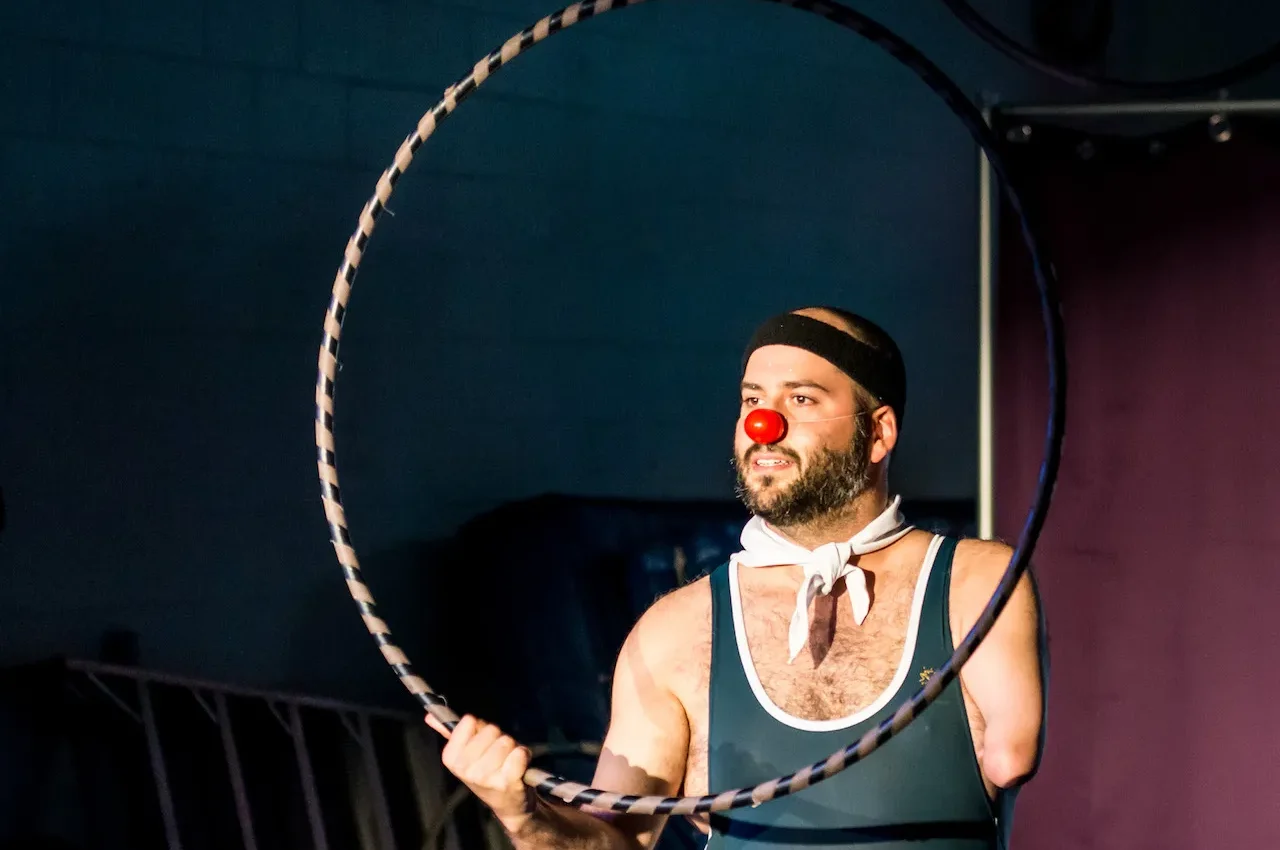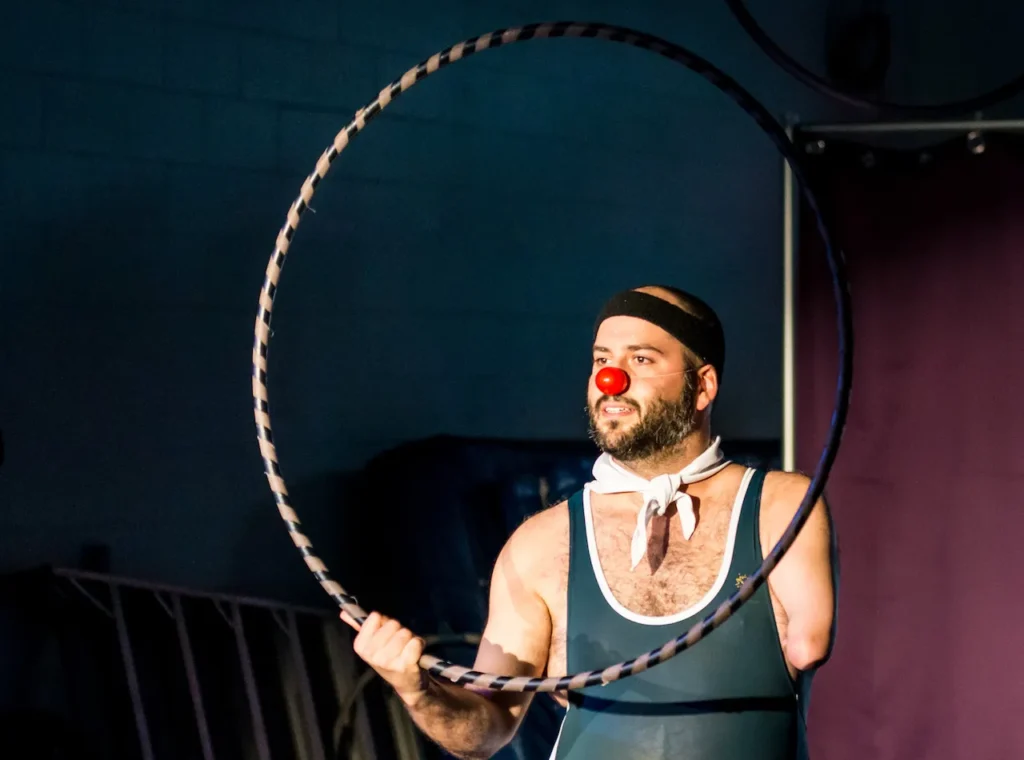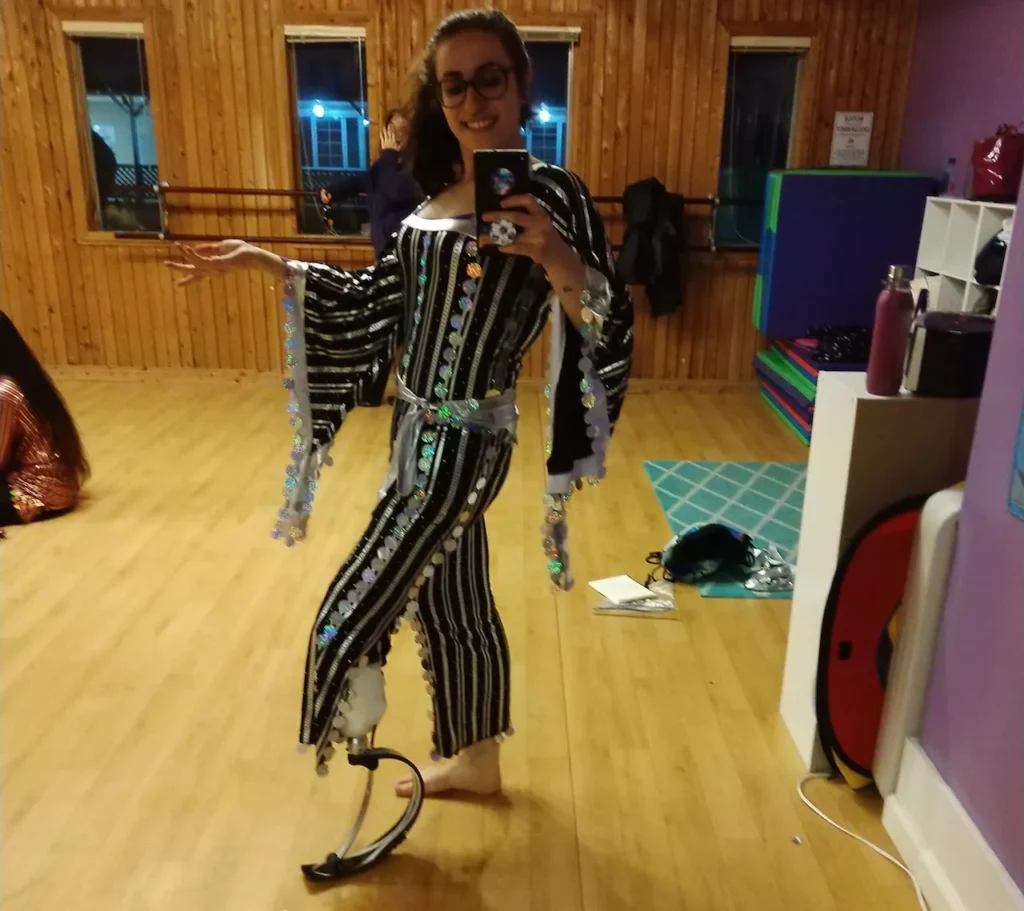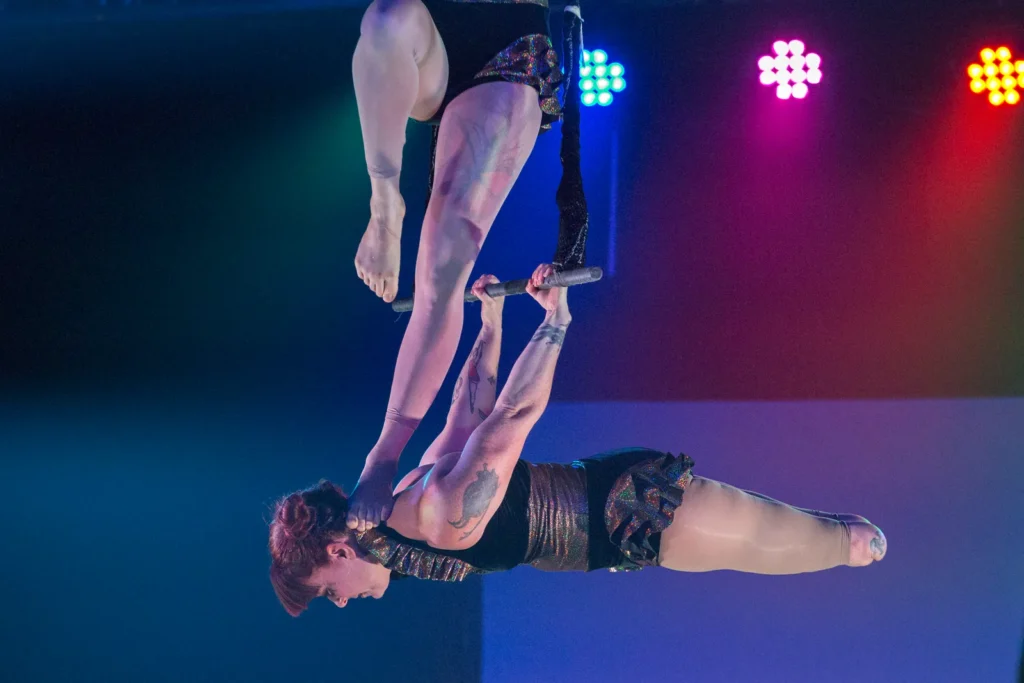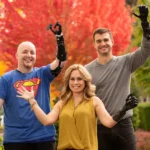1. Don’t lump the experiences of all people with a limb difference together.
Like any group of individuals who happen to share a specific characteristic, amputees and people with limb differences aren’t a monolith. For example, the experiences of arm and leg amputees are different, as are those of congenital amputees compared to people who became amputees as adults.

